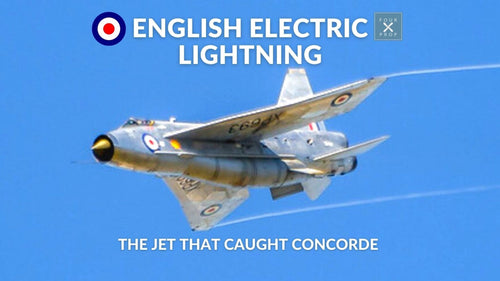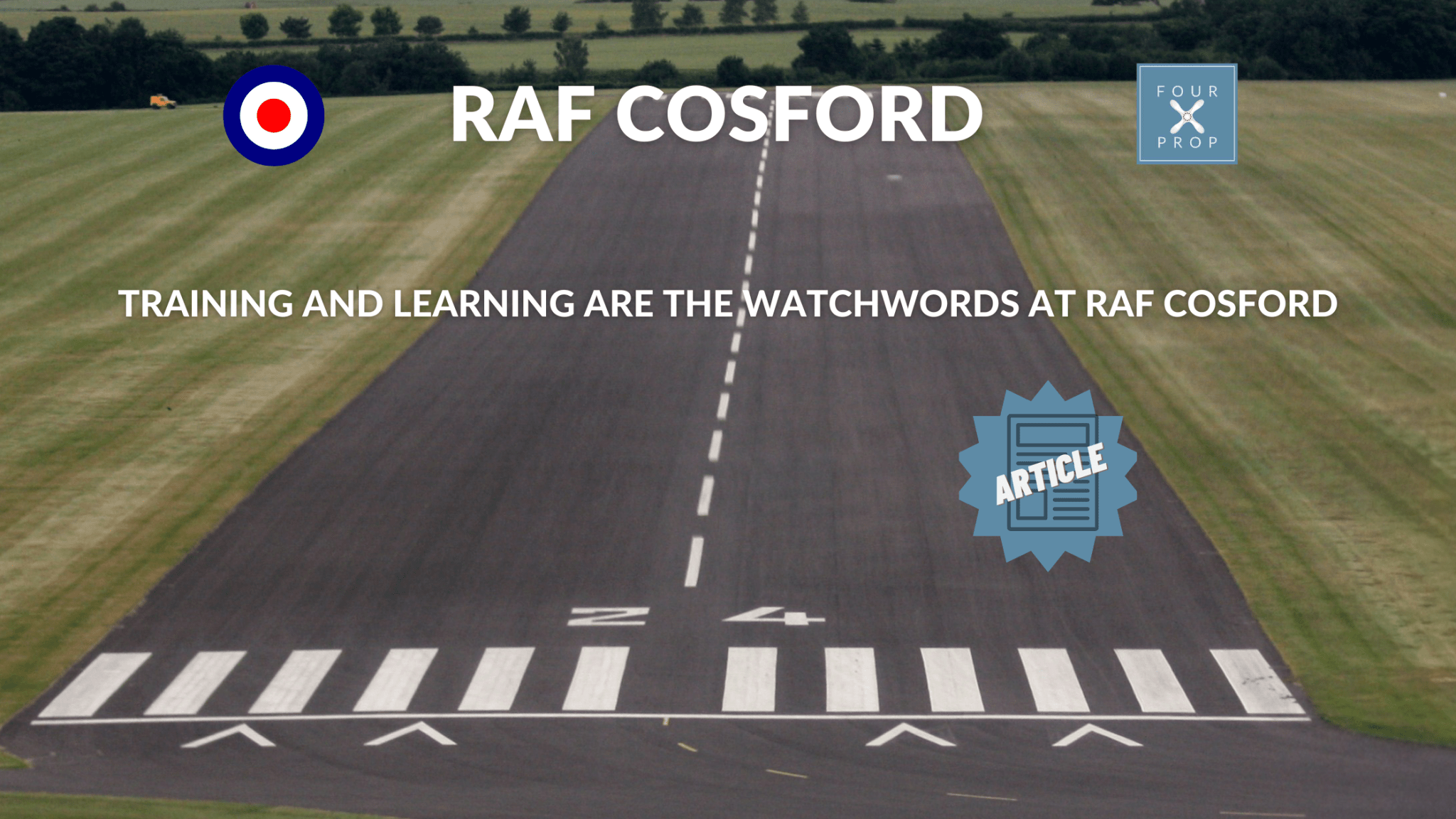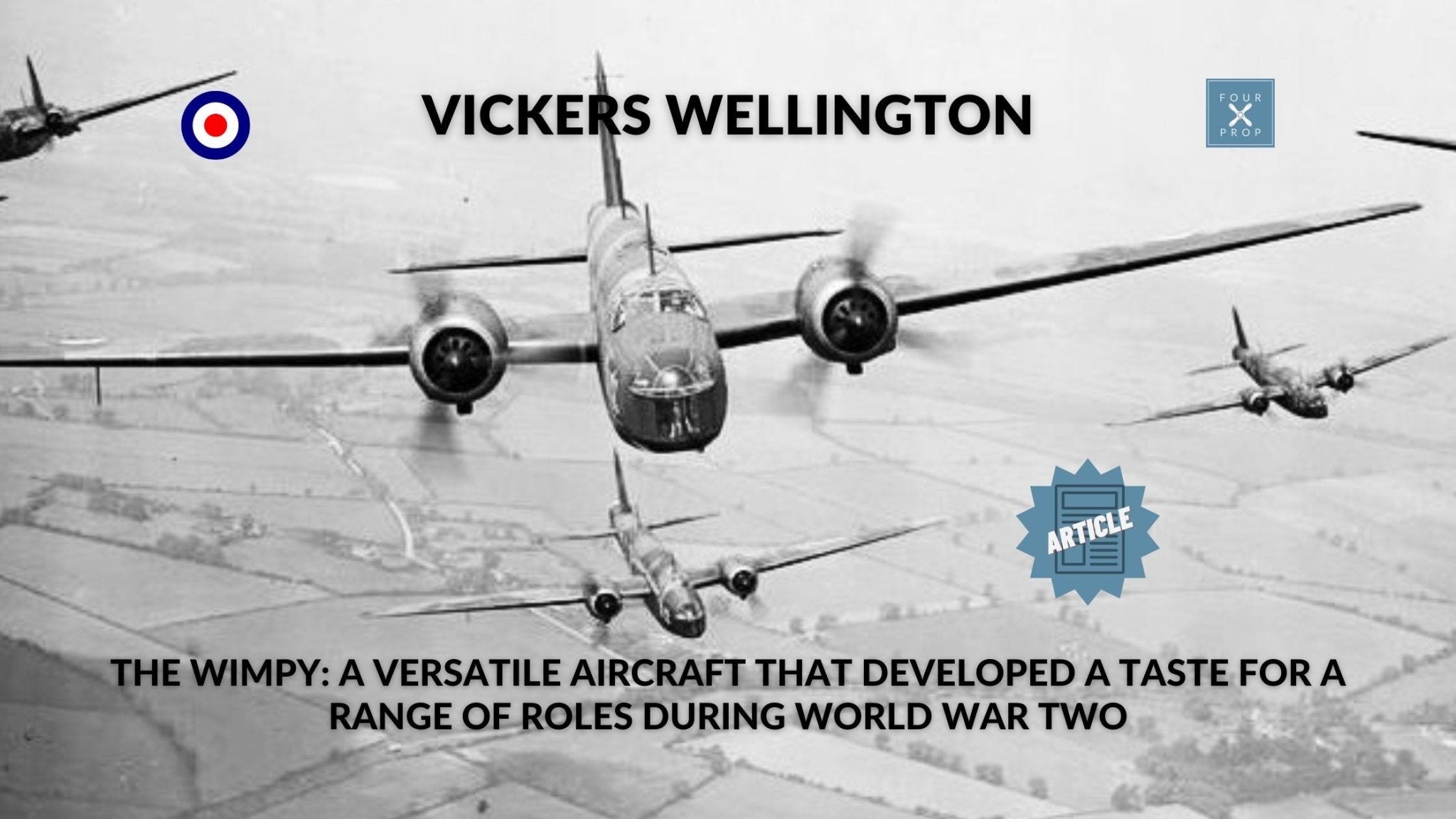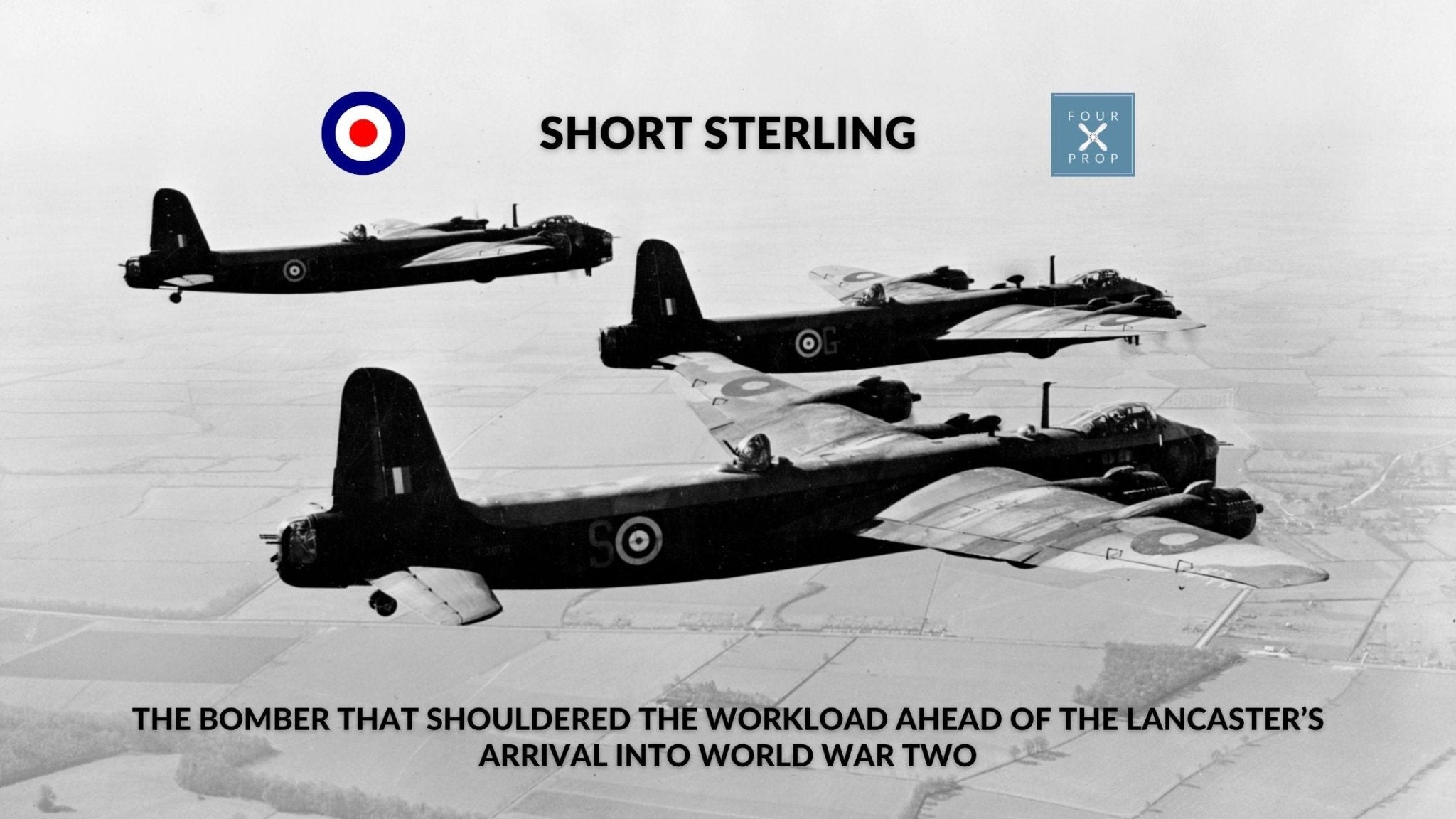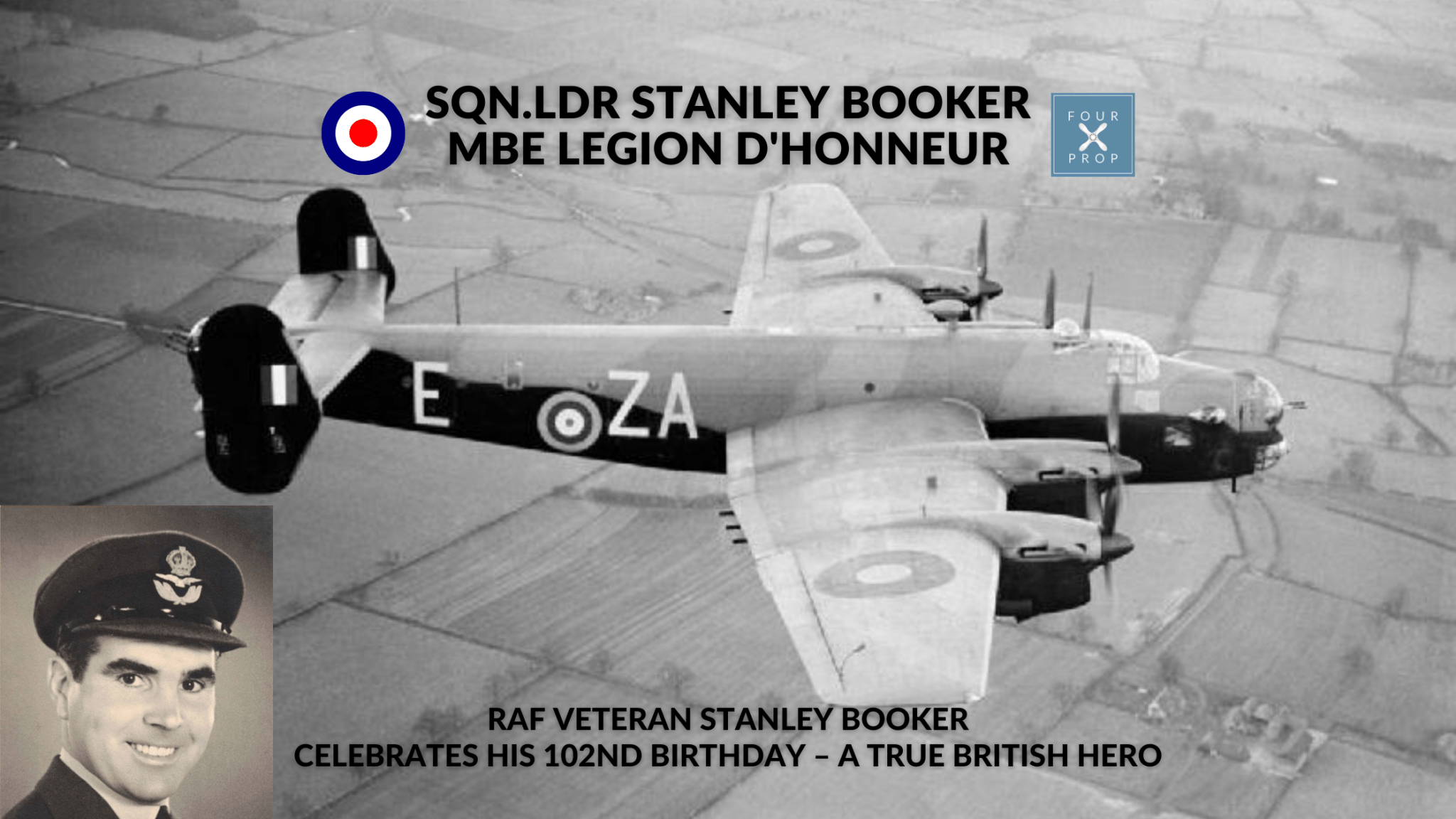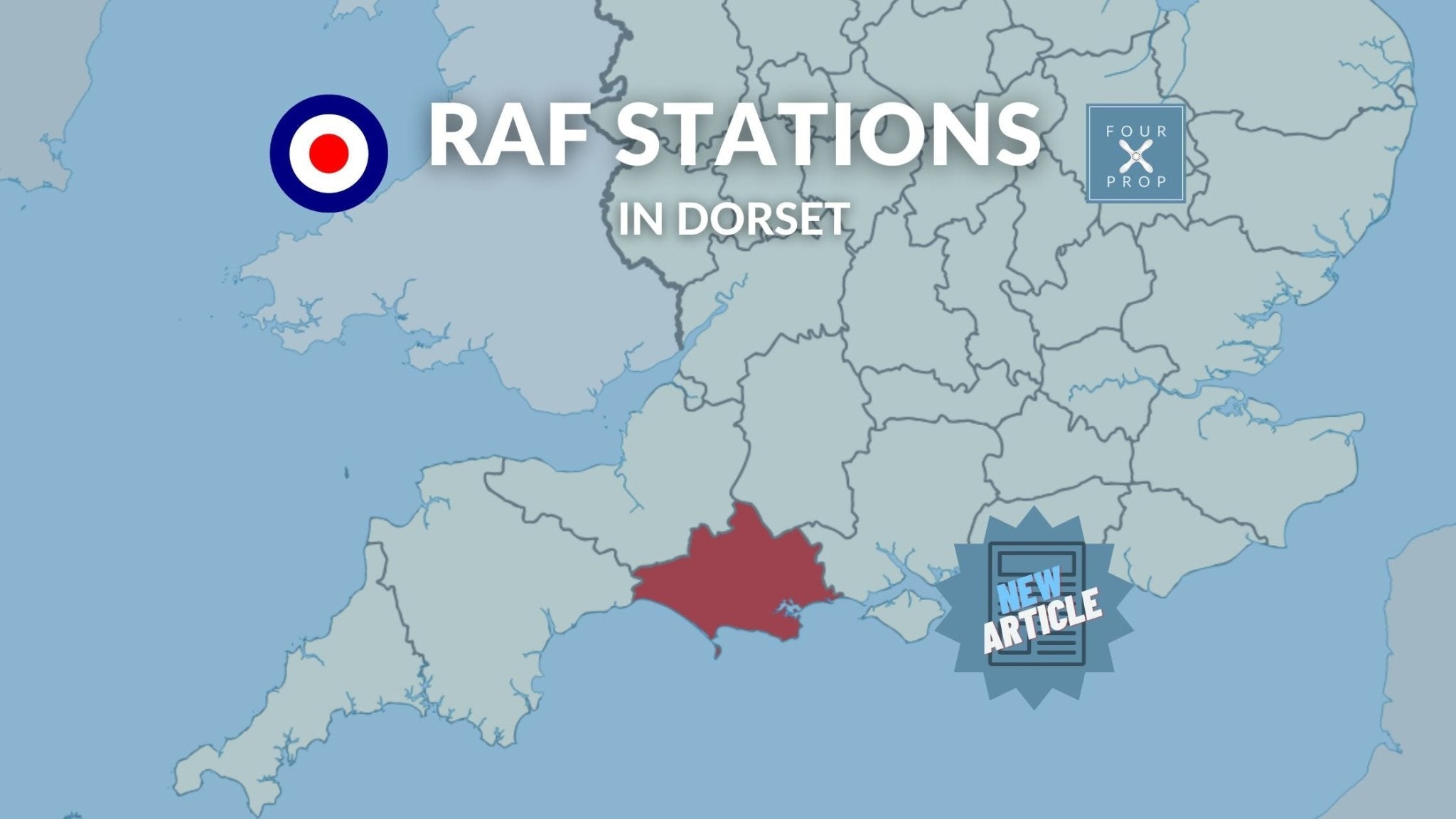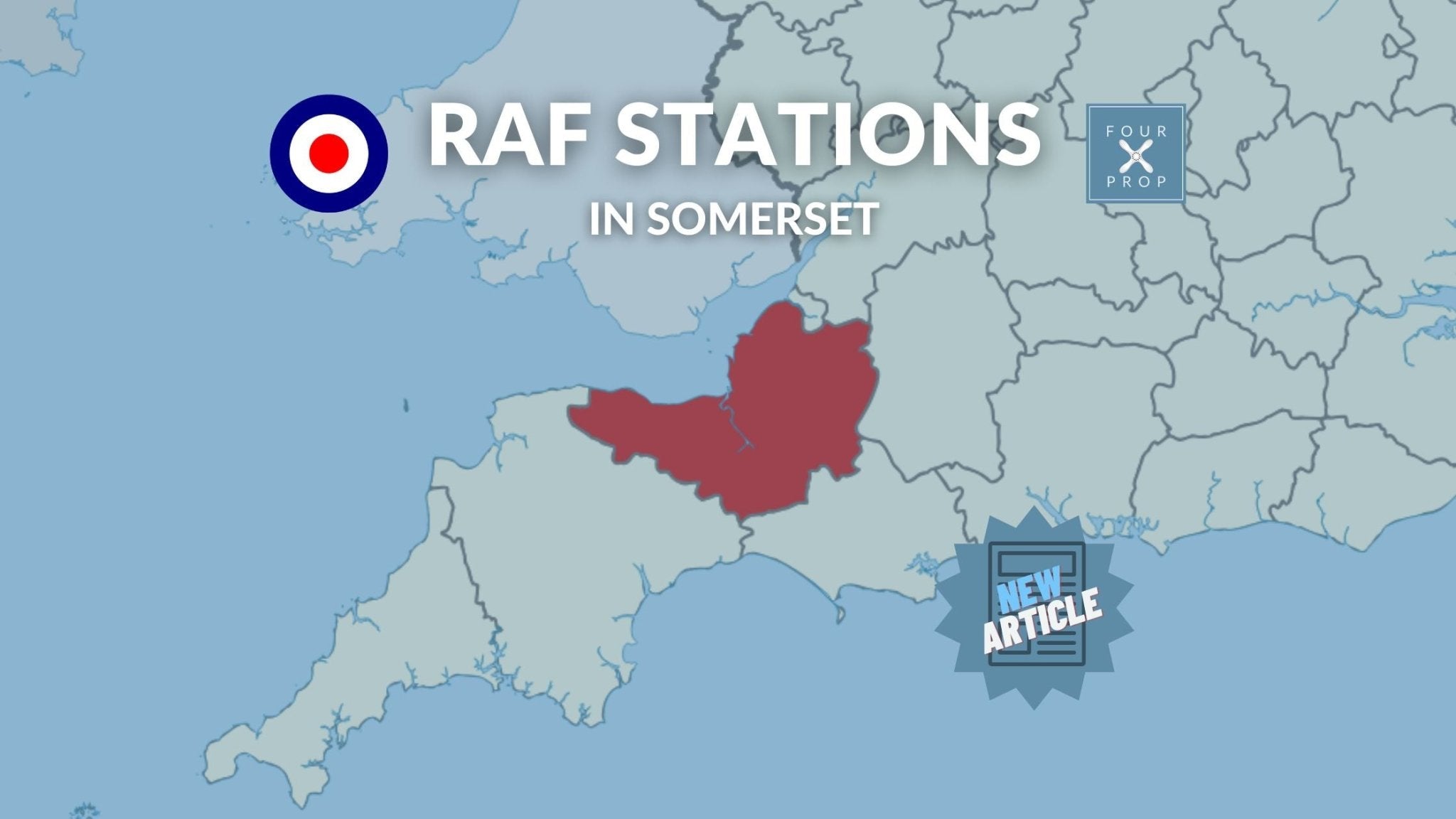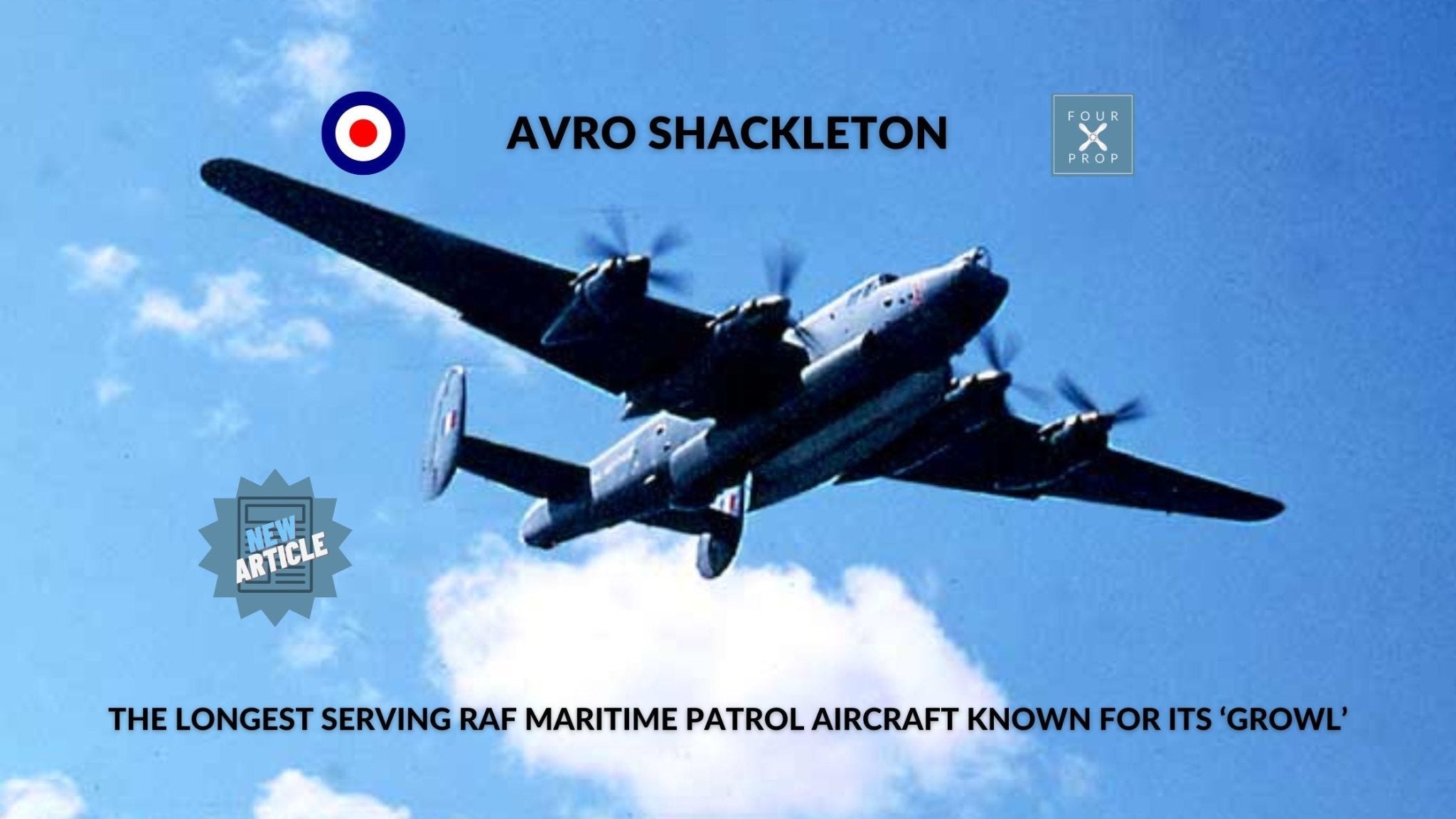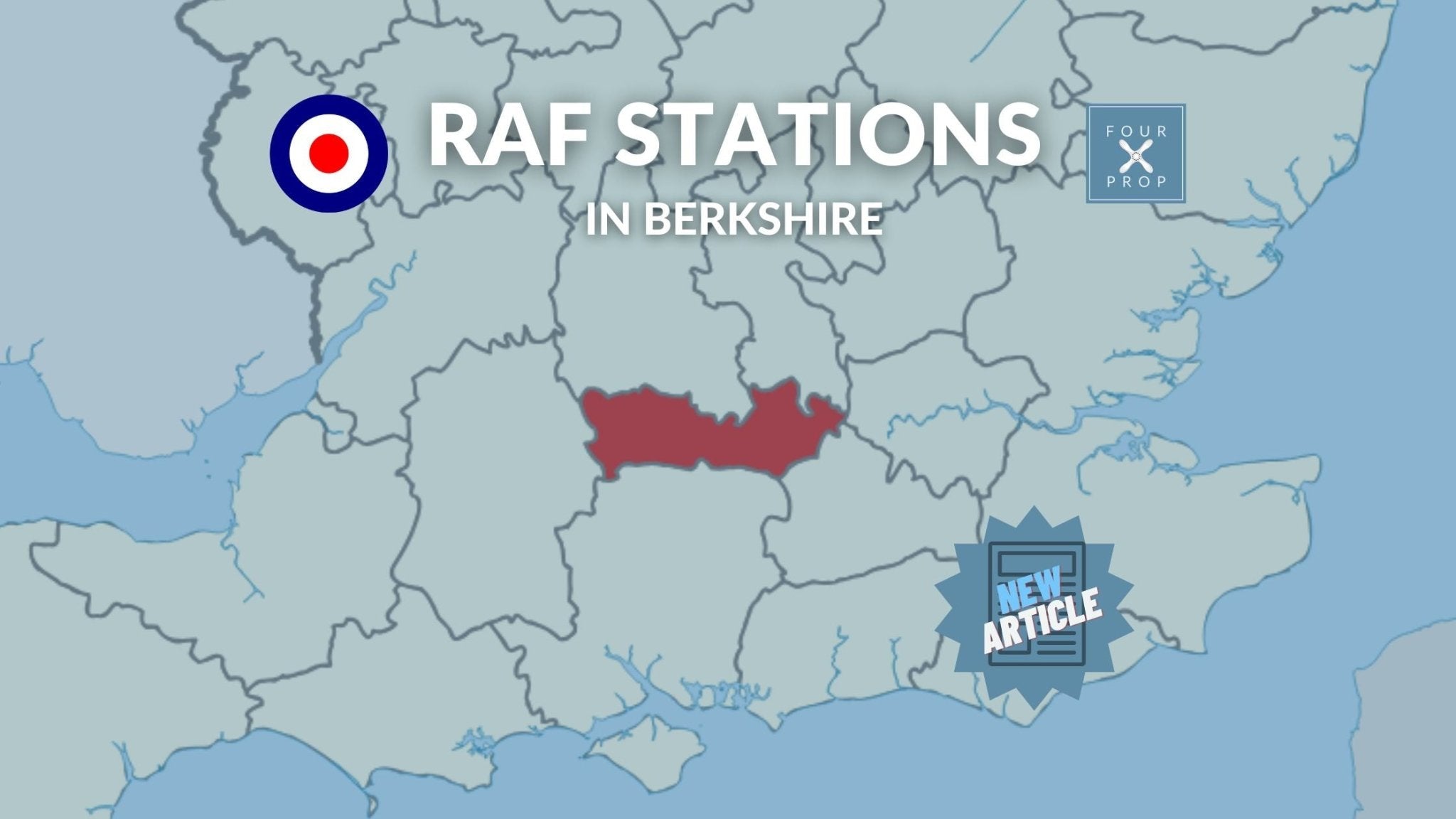The Jet That Caught Concorde
AMONG the best descriptions of one of the most recognisable military aircraft in history – the English Electric Lightning – was that it was akin to the RAF acquiring a manned surface to air missile.
A jet that could climb to around 60,000 feet in three minutes, reaching speeds in excess of Mach 1.5, was perfect in its role as an interceptor of Russian bombers heading over the North Sea.

(📸 Steve Crane)
Despite enjoying a near 30-year run of service from 1960, reports of the Lightning’s demise began as early as the late 1960s, with successors such as the Phantom seen as superior in terms of both range and weapons capability. However, the Lightning had a single role, and it was equipped with the speed and weaponry needed to fulfil its primary objective; in that regard it had no equal for most of its RAF service.
The Lightning was still operational in the late 1980s, 40 years after work started on its design at the beginning of the Cold War, the military believing that Britain’s post-war air defences were at risk from bombers travelling at 50,000 feet and at speeds approaching Mach 1.
To counter the threat, an aircraft was needed to travel at supersonic speeds and operate at extreme heights – defending the bombers at RAF stations that carried Britain’s own nuclear deterrent. In the 1960s the Lightning was seen as the best jet of its kind in the world, flying at speeds in excess of 1000mph, and even in the 1980s it proved it was still a more than capable interceptor, catching a Concorde in flight during a test run while other aircraft, like the F14, F15 and F16, failed to reach their target.
The design was the brainchild of Teddy Petter and Freddie Page, Petter renowned for his work during the Second World War on the Canberra. Petter was an early proponent of Britain’s need to produce a supersonic aircraft and by 1948 a proposal was submitted which was designated P1 by English Electric, a company which later became British Aircraft Corporation, BAC.

(English Electric P1A Lightning prototype 7755M (ex-WG763), the 3rd built but the second to fly, at RAF St. Athan, Battle of Britain Day, 18 September 1965.📸 Hugh Llewelyn)
The rapid climb and high speeds were provided by two engines located inside the fuselage in a staggered, over-under formation which reduced drag, but also minimised the fuel capacity of the jet meaning its range was very limited.
Its appearance was unique with the wings swept at 60°, and a nose design resembling the mouth of a basking shark. It was capable of climbing at 20,000 feet per minute with the first prototype, P1, taking to the air over Boscombe Down, Wiltshire, in August 1954, piloted by Roland Beamont. On its third flight it exceeded Mach 1, the first British aircraft to do so.
It was 1959 before the RAF were handed Lightnings for trial, and it officially entered service with 74 Squadron at Coltishall in 1960. The first operational Lightning, F1, was tasked with the defence of Britain’s V force airfields, the bases for the Vulcans, Victors and Vickers Valiants which carried Britain’s nuclear deterrent.

(Nine Lightnings of 74 Squadron display at the 1961 SBAC show, Farnborough)
In its early years of service it became a hit with the public, 74 Squadron forming their own Lightning display team, The Tigers, several years before the formation of the Red Arrows. The Tigers comprised nine Lightnings flying in formation at airshows in the UK before 56 Squadron took over, their display team called The Firebirds. The Firebirds added a little flamboyance to their aircraft, with red and white checks on the jets and also on the pilots’ headgear, the crews appearing in national newspapers and magazines and impressing airshow visitors at home and across Europe.
Despite its impressive aerobatics, it would be wrong to claim the Lightning was without its problems, with maintenance issues a concern for ground crews who were discovering the intricacies of the aircraft as it came into service. The Lightning was far more complex than its predecessors such as the Hunter, with engineers and technicians effectively learning on the job about the inner workings of the jet.
In the early 1970s, the arrival of the first Jaguars into service freed up the Phantom to take over the primary air defence role, and by 1977 only 5 Squadron and XI (F) Squadron still operated Lightnings out of RAF Binbrook.
It wasn’t until the mid-1980s that it was confirmed the Lightnings would be taken out of service, Binbrook hosting the Last, Last Lightning Show in 1987, a year later the last in-service aircraft taking off from Binbrook, destined for a private buyer.

(Underside of a Lightning F.3 with undercarriage deployed, 23 June 1979)
In its 28 years of service, the Lightning only ever shot down one aircraft, and that was a fellow RAF jet! While there remain some who believe the tale is apocryphal, the story is of a Harrier pilot ejecting from his aircraft over Germany in the early 1970s believing it had suffered catastrophic engine failure. The only problem was that in the pilot’s successful ejection, the jet regained its flying capabilities and continued a course in the direction of East Germany, then under Soviet control. To prevent a potential diplomatic incident, a Lightning was tasked with the job of downing the Harrier, a mission which it successfully completed.
Today, the only Lightnings in Britain are museum pieces, restoration projects, or severely damaged examples on military testing ranges. The only working Lightnings are in South Africa, and up until a few years ago, if you had a few thousand pounds to spare, and were in Cape Town, you could pay to be a passenger on a Lightning that would take you to the edge of space a few minutes after take-off.
It seems somewhat disappointing that a little over 30 years after they were serving the RAF, there are no fully functioning Lightnings – one of the finest examples of British aircraft design – doing the rounds of Britain’s summer airshows.


